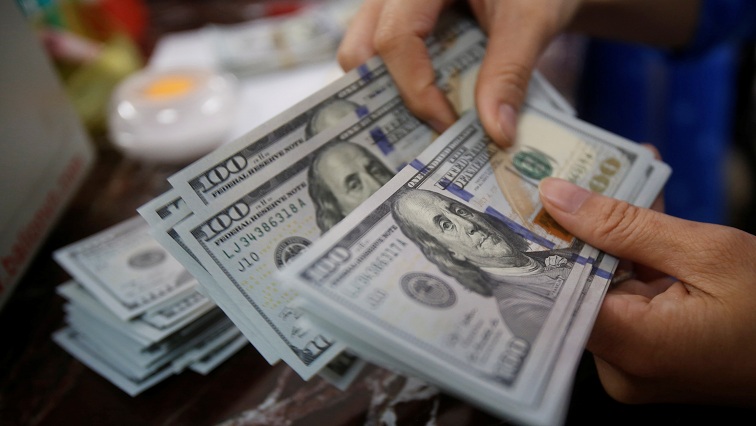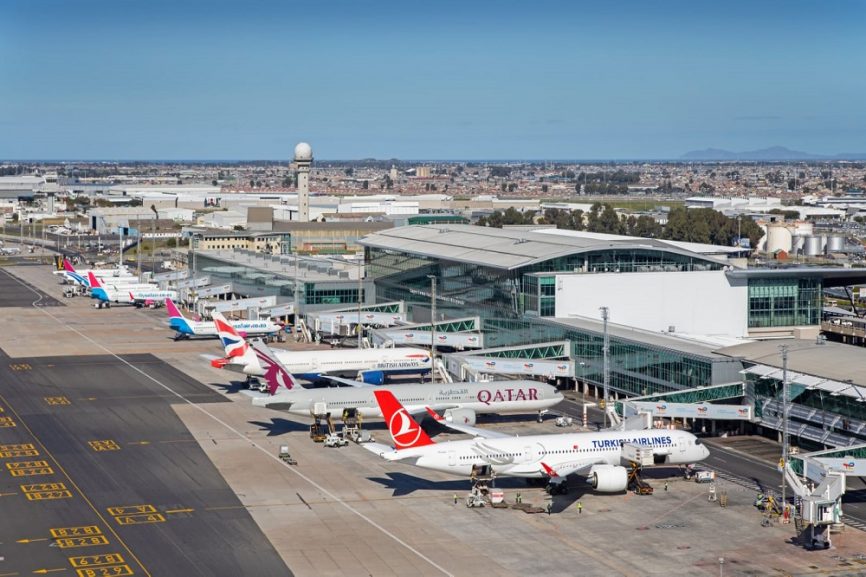-
[File image]
The dollar traded sideways on Tuesday after declining for a week, hemmed in by the Federal Reserve’s caution over the economy and as US lawmakers came closer to passing a bill expected to widen the nation’s fiscal deficit.
The greenback sold off broadly on Monday following last week’s downgrade of the US sovereign rating by Moody’s on deficit concerns. Now attention turns to a critical vote in Washington over US President Donald Trump’s sweeping tax cuts.
The Australian dollar held most of its gains ahead of the Reserve Bank of Australia’s decision later on Tuesday, when it is widely expected to cut interest rates by 25 basis points.
Atlanta Federal Reserve President Raphael Bostic told CNBC on Monday the US central bank may only be able to cut interest rates by a quarter point over the rest of the year given concerns about rising inflation stoked by higher tariffs.
Trump is expected to join the congressional debate over his tax bill on Tuesday. The vote comes after Moody’s stripped the US government of its top-tier credit rating, citing concerns over the nation’s growing $36.2 trillion debt pile.
“The market is still very wary of the lack of austerity coming from the fiscal side in the US” said Rodrigo Catril, senior FX strategist at National Australia Bank.
“We think that is potentially a driver for dollar weakness over the coming quarters as the market is likely to demand a higher premium to lend money to the US,” he added.
Trump’s bill would add $3 trillion to $5 trillion to the debt, according to nonpartisan analysts. Ballooning fiscal debt, trade frictions, and weakened confidence about enduring US exceptionalism have weighed on US assets. The US dollar index has tumbled as much as 10.6% from its January highs, one of the sharpest retreats for a three-month period.
The dollar got a breather after Trump paused many of the largest tariffs he announced last month. But comments from Japan’s top trade envoy on Tuesday that Tokyo was firm in its anti-tariff stance pointed to no easy off-ramp in the negotiations in the weeks and months ahead.
And in the wake of Trump’s tariff turmoil, Britain on Monday agreed to the most significant reset of defence and trade ties with the European Union since Brexit.
The greenback was little changed at 144.87 yen, after touching 144.66 on Monday, that was the weakest since May 8. The dollar index was flat after sliding 0.6% in the previous session.
“The FX market is choppy with few cues,” said SMBC chief currency strategist Hirofumi Suzuki. “The G7 finance ministers and central bank governors’ meetings and the Japan-US trade negotiations are anticipated, making it difficult for the market to move.”
Japanese Finance Minister Katsunobu Kato said on Tuesday he hoped to exchange views on currency policy and various bilateral themes with US Treasury Secretary Scott Bessent when G7 finance chiefs meet in Canada this week.
The Australian dollar slid 0.2% to $0.6443 AUD, preserving most of Monday’s 0.8% surge.
Sterling traded at $1.3353 GBP, down 0.1%. The euro edged down 0.1% to $1.1230.









